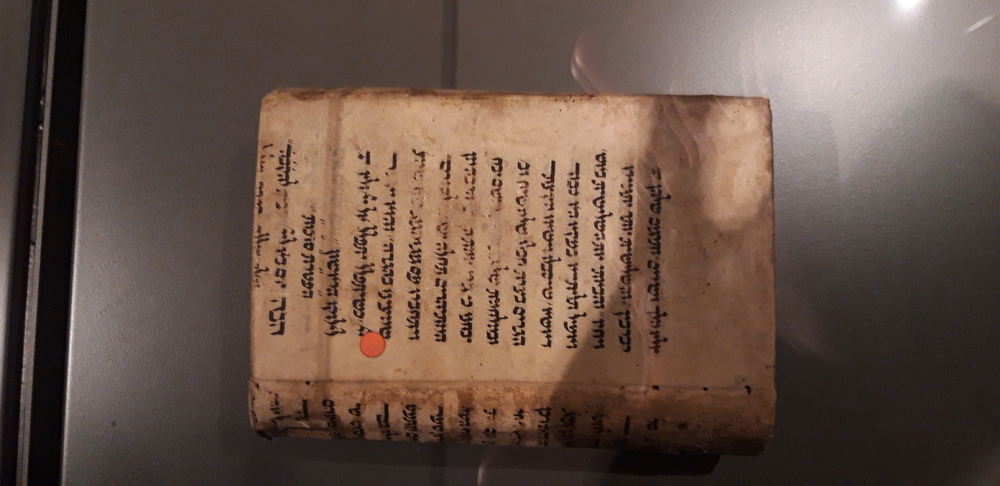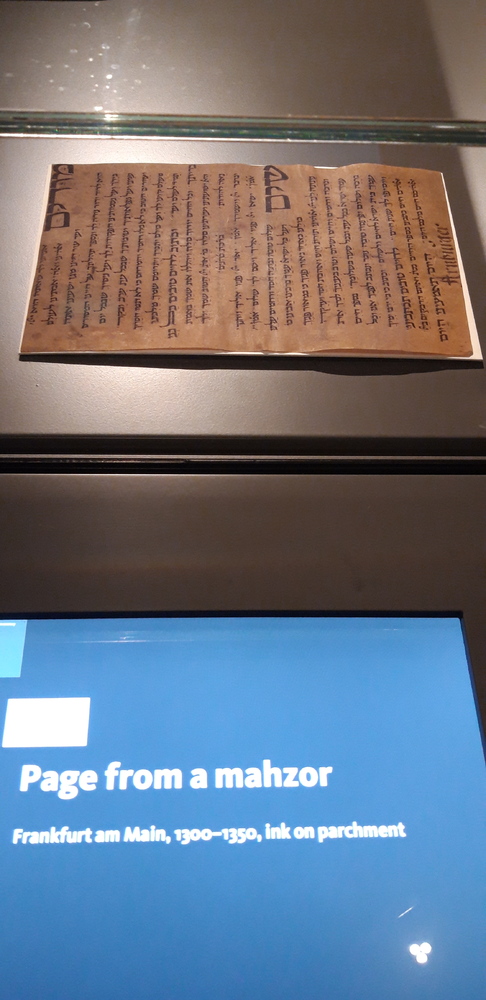Jewish Museum, Frankfurt: The instability of Jewish life
Some old Jewish books exhibited in the Museum Judengasse in Frankfurt attest to persecutions the Jews went through in the Middle Ages and early modern period. One such example is the page from a Jewish prayer book that bears the handwritten note referring to a commercial enterprise belonging to Frankfurter monastery. The parchment probably fell into the hands of the monastery after the 1349 pogrom, in which all Frankfurter Jews were murdered. Another example is the fragment of a Hebrew manuscript that was used to make the cover of a medical work printed in Ulm in 1651. It was probably stolen from the Frankfurt Judengasse during the pogrom in 1614, then cut up and reused.
Exclusion and discrimination:
Jewish museums play a vital role in confronting stereotypes and revealing the mechanisms of exclusion and discrimination. In Europe, these museums provide insight into the experiences of a minority that, for centuries, was regarded as inferior within Christian society. While Jews were often tolerated, their existence was frequently under threat, as they were subjected to negative stereotypes and prejudices. This exclusion and discrimination sometimes escalated into persecution and violence.
The 20th century saw the Holocaust, in which the majority of European Jews were murdered, as the culmination of racial hatred rooted in earlier societal developments. Jewish museums address these historical anti-Semitic stereotypes and conflicts, shedding light on their origins and the processes by which they were perpetuated. By highlighting the devastating consequences of religious intolerance, nationalism, and racism, these institutions aim to teach valuable lessons from history. They work to combat prejudice, foster tolerance, and encourage an appreciation for cultural diversity.
Do you know any other examples of deliberately destroying the cultural material of a certain community during conflicts or wars?
Title
Temporal Coverage
Spatial Coverage
Relation
Is Referenced By
Source
https://www.juedischesmuseum.de/en/


